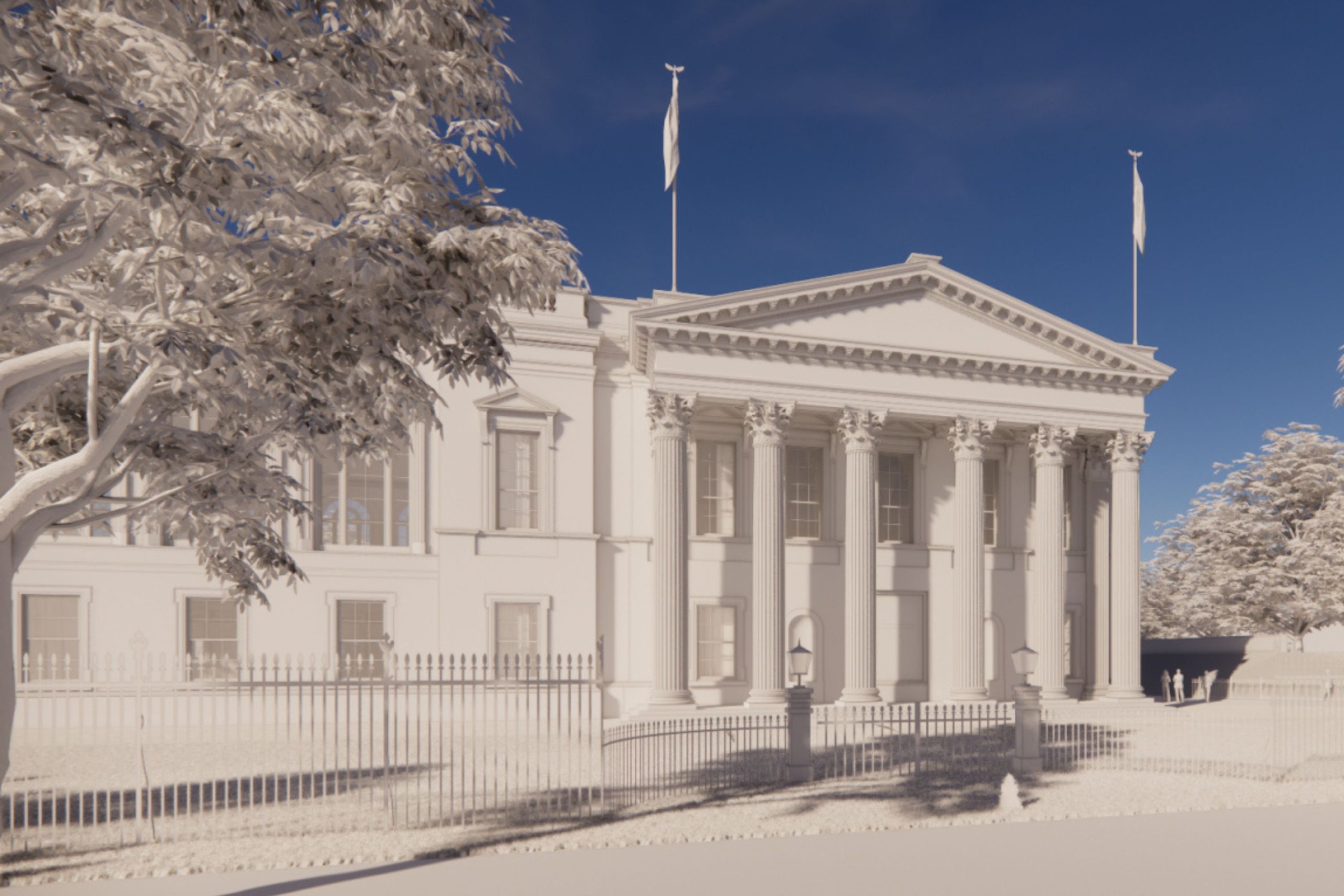Donald Trump’s audacious plan to construct a magnificent, gold-adorned ballroom at the heart of the White House is poised to dramatically redefine the historic presidential complex, marking a significant and costly expansion that aims to leave an indelible legacy.
This ambitious undertaking is projected to cost a staggering $200 million, an expenditure the White House states will be financed through a combination of President Trump’s personal contributions and funds from what are described as “patriot donors.” This private funding model for a public structure underscores the unique nature of the project.
The primary rationale behind this expansive new facility is to alleviate the long-standing challenge of hosting large-scale events at the White House. With a projected capacity to accommodate 650 guests, the new White House ballroom is designed to eliminate the necessity for temporary, less aesthetically pleasing “large and unsightly tents” currently used for major official gatherings.
Concept imagery reveals a truly opulent vision for the new space, showcasing a grand hall sumptuously appointed with gleaming golden chandeliers and matching golden chairs. The architectural design, entrusted to McCrery Architects, specifically emphasizes a classical style, meticulously chosen to harmonize seamlessly with the existing, iconic White House complex.
More than just an event venue, this project represents President Trump’s intent to permanently stamp his architectural and political legacy onto the fabric of the nation’s capital. Such a substantial modification to the White House, whose fundamental layout has remained largely unaltered since President Truman’s era, is a move designed to resonate far beyond any single presidency, fundamentally altering the site’s historical evolution.
The proposed site for this grand expansion is the current East Wing, a structure built in 1902 and expanded in 1942, which presently houses offices for the first lady and connects to the main residence via the East Colonnade. During the construction phase, these vital offices will undergo temporary relocation to facilitate the extensive groundwork and building processes.
The detailed planning for this major government architecture endeavor has seen President Trump personally involved in numerous meetings alongside White House staff, the Secret Service, the White House Military Office, and the National Park Service. While Clark Construction will lead the building efforts and AECOM will manage the engineering, the project is slated to commence in September 2025, with completion anticipated during what is described as Trump’s ongoing second term, solidifying his vision for Washington D.C..
The idea of an expanded White House ballroom isn’t entirely new, with President Trump having reportedly offered to fund such a project during previous administrations, drawing parallels to the grand ballroom at his own Mar-a-Lago estate. This long-held aspiration highlights a consistent presidential legacy focus on enhancing the functionality and grandeur of the People’s House for future administrations and generations of Americans.





Leave a Reply